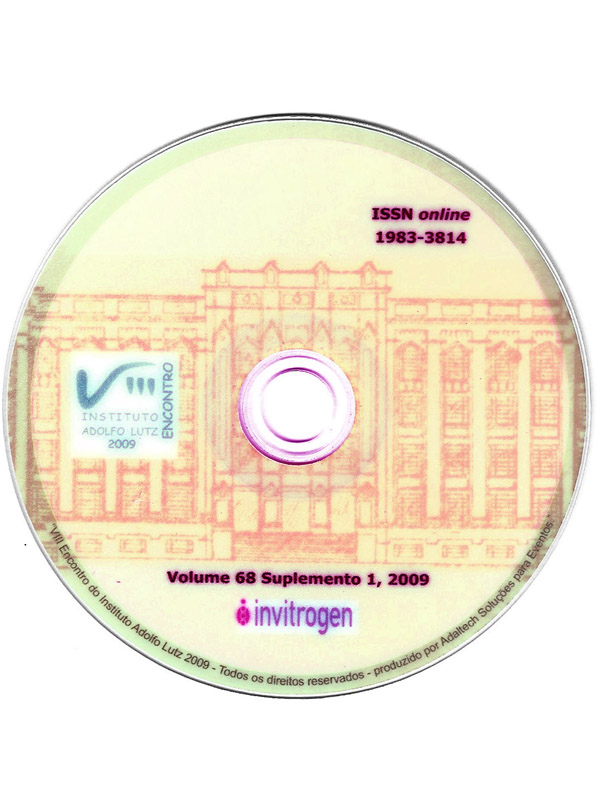Resumo
Mycotoxins are organic, complex, secondary metabolites produced by various species of fungi. Mycotoxin contamination is one of the most common problems concerning food safety as it causes a variety of toxic effects in human and animals. Mycotoxins can be present in processed foods made from mycotoxin-contaminated commodities, and they also can pass through animals and occur in meat, eggs and milk. Aflatoxins (AFB1, AFB2, AFG1 and AFG2) are among the best-monitored mycotoxins. Toxic effects of aflatoxins include carcinogenic, mutagenic, teratogenic, and immunosuppressive activity. Aflatoxin B1 (AFB1) is the most potent hepatocarcinogen known in mammals and it is classified as group 1 carcinogen by International Agency of Research on Cancer (IARC, 2002). The aim of this study was to determine the levels of aflatoxins and aflatoxin M1 (AFM1) in foods commercialized in São Paulo state in 2009, described as follows: 42 samples of peanuts and peanut products for aflatoxins, 69 samples of fluid milk (pasteurized and ultra high temperature-UHT) for aflatoxin M1. Peanut and peanut product and pasteurized milk samples were from a governmental food inspection program from São Paulo state. The samples were analysed using an immunoaffinity column for cleanup and a HPLC-FLD for quantification. The detection limits (LD) were found in 0.03 ug/kg and 0.003 ug/L for Aflatoxins and AFM1, respectively. Aflatoxins were detected in 20 (47.6%) of peanuts and peanut products, ranging from 0.03 to 23.53 ug/kg. One sample analysed for peanut product exceeded the Brazilian legislation (20 ug/kg). AFM1 was detected in 61 (88.4%) of milk samples, ranging from 0.009 to 0.094 ug/L. Monitoring, control, risk assessment, and prevention of contaminants in food and in feed are important issues associated with public health, agricultural production, food processing, and trade.

Este trabalho está licenciado sob uma licença Creative Commons Attribution 4.0 International License.
Copyright (c) 2009 L Shundo, J Alaburda, AP Almeida, LCA Lamardo, SA Navas, V Ruvieri, E Cerqueira, EL Oliveira, M Sabino
